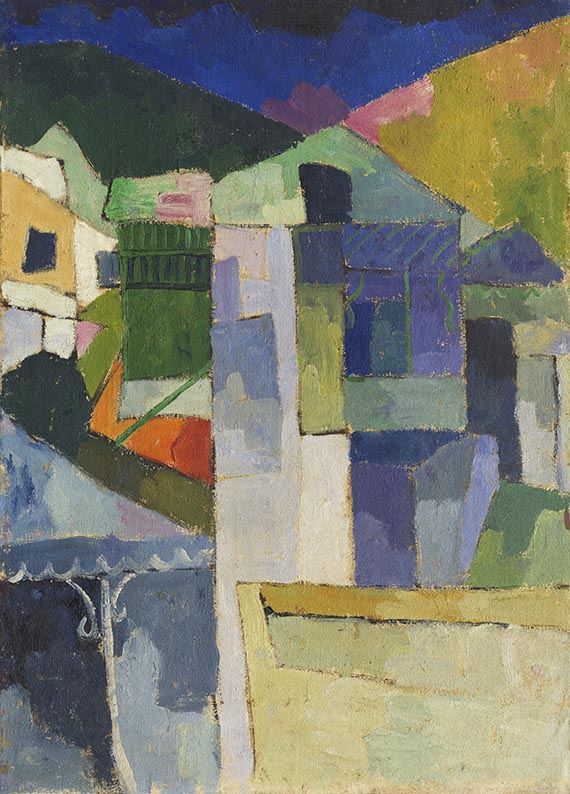Dictionary


Neapolitan Late Baroque
In Naples, Caravaggio’s work had a left a lasting legacy at the beginning of the 17th century, and the impact of early baroque realist art resonated well into the 18th century. Caravaggism had a strong influence on the Neapolitan school of the late 17th century, which produced key masters such as Mattia Preti and Luca Giordano. These high baroque artists paved the way for the reception of late baroque art in the city, and key artists such as Francesco Solimena (1657-1747).
Solemina’s works were characterised by dramatic light and shadow, bold composition and, realism, which linked virtuosity and subtlety with particular clarity. His style, which was more about baroque momentum than rococo lightness, inspired numerous followers, including Sebastiano Conca, who took the principles of his teacher and consolidated them in the form of early classicism. Solemina not only influenced his fellow countrymen, but the whole of the Kingdom of Naples, which was under Austrian rule in the early 18th century. The Neapolitans were the inspiration for Paul Troger and Danile Grans’ expressive late baroque art in Austria, and the work of Warsaw-born Bartolomeo Altomonte, who achieved a degree of success in Italy. But by the mid-18th century, although the Neapolitan school was still an important artistic centre, it had been overshadowed by Venice.
In Naples, Caravaggio’s work had a left a lasting legacy at the beginning of the 17th century, and the impact of early baroque realist art resonated well into the 18th century. Caravaggism had a strong influence on the Neapolitan school of the late 17th century, which produced key masters such as Mattia Preti and Luca Giordano. These high baroque artists paved the way for the reception of late baroque art in the city, and key artists such as Francesco Solimena (1657-1747).
Solemina’s works were characterised by dramatic light and shadow, bold composition and, realism, which linked virtuosity and subtlety with particular clarity. His style, which was more about baroque momentum than rococo lightness, inspired numerous followers, including Sebastiano Conca, who took the principles of his teacher and consolidated them in the form of early classicism. Solemina not only influenced his fellow countrymen, but the whole of the Kingdom of Naples, which was under Austrian rule in the early 18th century. The Neapolitans were the inspiration for Paul Troger and Danile Grans’ expressive late baroque art in Austria, and the work of Warsaw-born Bartolomeo Altomonte, who achieved a degree of success in Italy. But by the mid-18th century, although the Neapolitan school was still an important artistic centre, it had been overshadowed by Venice.
Offers
Headquarters
Joseph-Wild-Str. 18
81829 Munich
Phone: +49 89 55 244-0
Fax: +49 89 55 244-177
info@kettererkunst.de
Louisa von Saucken / Undine Schleifer
Holstenwall 5
20355 Hamburg
Phone: +49 40 37 49 61-0
Fax: +49 40 37 49 61-66
infohamburg@kettererkunst.de
Dr. Simone Wiechers / Nane Schlage
Fasanenstr. 70
10719 Berlin
Phone: +49 30 88 67 53-63
Fax: +49 30 88 67 56-43
infoberlin@kettererkunst.de
Cordula Lichtenberg
Gertrudenstraße 24-28
50667 Cologne
Phone: +49 221 510 908-15
infokoeln@kettererkunst.de
Hessen
Rhineland-Palatinate
Miriam Heß
Phone: +49 62 21 58 80-038
Fax: +49 62 21 58 80-595
infoheidelberg@kettererkunst.de
We will inform you in time.




